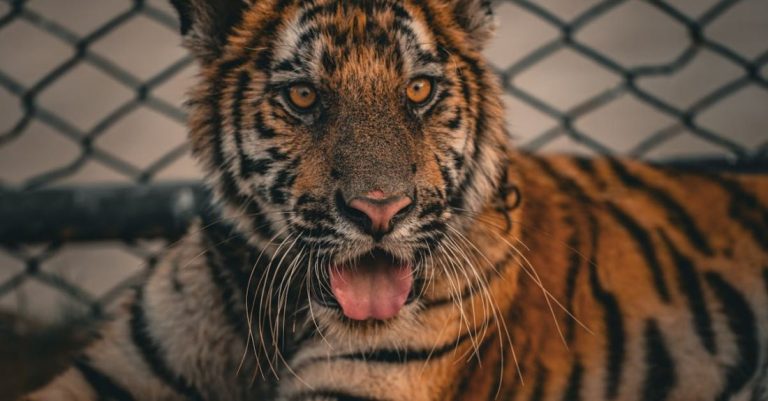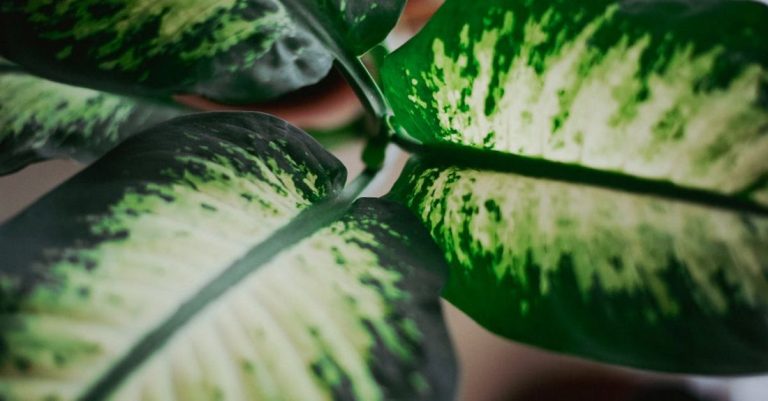
The Best Times of Year to See the Big Five
Embarking on a safari adventure to witness the iconic Big Five—lion, leopard, elephant, buffalo, and rhinoceros—in their natural habitat is a dream for many wildlife enthusiasts. However, the timing of your safari can significantly impact your chances of encountering these majestic creatures. Understanding the seasonal behaviors and movements of these animals can help you plan your trip for the best possible wildlife sightings. Here’s a guide to the best times of year to see the Big Five in their prime.
The Big Five in the Dry Season
The dry season, typically occurring from June to October in many African safari destinations, is widely regarded as the best time to spot the Big Five. During this period, vegetation is sparse, and water sources are limited, forcing wildlife to gather around remaining waterholes, rivers, and lakes. With animals concentrated in these areas, your chances of encountering the Big Five increase dramatically.
Lions are often easier to spot during the dry season as they gather around water sources to quench their thirst. Elephants, too, are drawn to waterholes, providing excellent opportunities for sightings of these gentle giants. Leopards, although elusive, may be easier to spot during this time as they are more likely to venture out in search of prey due to the scarcity of vegetation cover.
The Wet Season and the Big Five
While the dry season is considered optimal for wildlife viewing, the wet season, which typically occurs from November to May, also has its advantages. The lush vegetation during this time provides a picturesque backdrop for your safari experience, and newborn animals can often be seen taking their first steps. Additionally, the wet season is an excellent time for birdwatching, as many migratory bird species flock to the region.
Although the wet season may present challenges such as muddy roads and increased vegetation obstructing visibility, it offers a unique opportunity to witness the Big Five caring for their young. Elephants, in particular, give birth during this time, providing a heartwarming spectacle for visitors. While wildlife sightings may be less predictable during the wet season, the lush landscapes and vibrant colors make for a memorable safari experience.
Migration Movements and Rhino Sightings
If witnessing the Great Migration in East Africa is at the top of your bucket list, planning your safari during the dry season is key. The migration typically occurs between July and October in the Serengeti in Tanzania and the Masai Mara in Kenya, attracting millions of wildebeest, zebras, and other herbivores. This spectacle not only offers a chance to witness dramatic river crossings but also increases the likelihood of spotting predators like lions and leopards preying on the migrating herds.
Rhinoceros sightings, particularly of the critically endangered black rhino, require strategic planning due to their dwindling numbers and elusive nature. Certain reserves and national parks, such as South Africa’s Kruger National Park and Kenya’s Lewa Wildlife Conservancy, are known for their successful rhino conservation efforts, making them ideal locations for rhino sightings throughout the year.
Optimal Timing for Your Big Five Safari
Ultimately, the best time of year to see the Big Five depends on your personal preferences and priorities. If you prioritize wildlife sightings and are willing to endure the heat of the dry season, planning your safari between June and October is recommended. However, if you prefer lush landscapes and the opportunity to witness newborn animals, the wet season may offer a more diverse safari experience.
Regardless of the season you choose for your safari adventure, being in the right place at the right time increases your chances of encountering the Big Five in their natural habitat. By understanding the seasonal behaviors and movements of these iconic animals, you can plan a safari that allows you to witness the beauty and majesty of the Big Five up close and personal.




